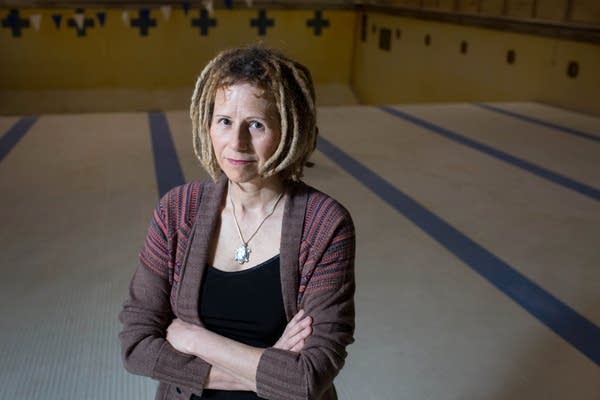Lack of city pools called a civil rights issue

Hannah Lieder, founder of the group Minneapolis Swims, photographed Wednesday, Apr. 23, 2014 in the long-closed swimming pool at the Phillips Community Center in Minneapolis. She is working to raise money to replace the old pool with a community swim center that would include a lap pool, diving pool and learning pool.
Jennifer Simonson/MPR News
Go Deeper.
Create an account or log in to save stories.
Like this?
Thanks for liking this story! We have added it to a list of your favorite stories.


